Disclosure: This article contains affiliate links. We may earn a commission from purchases at no extra cost to you, which helps our travel content.
The moment my feet touched the reddish soil of Auki, I felt that familiar rush of scientific curiosity mingling with traveler's excitement. This small township on Malaita Island in the Solomon Islands isn't on most travelers' radars, which makes it both an ecological treasure trove and a budget traveler's dream. After years of fieldwork across Southeast Asian archipelagos, I've developed a particular fondness for island ecosystems that exist at the intersection of human settlement and wild spaces. Auki exemplifies this perfectly—a gateway to pristine rainforests, vibrant coral reefs, and a living cultural landscape that has evolved alongside these natural systems for millennia. What follows is my field guide to experiencing this remarkable corner of Melanesia without depleting your research stipend (or travel fund, as non-biologists might call it). This isn't luxury travel—it's something far more valuable: an immersion into one of the Pacific's most biodiverse and culturally rich regions at a price point accessible to the curious student traveler.
Getting to Auki: The Budget-Conscious Approach
Reaching Auki requires strategic planning, especially when traveling on limited funds. From Honiara (the capital on Guadalcanal Island), you have two options: a quick but pricier 45-minute flight or the more economical ferry journey. As someone who values both fiscal and ecological efficiency, I've made this journey multiple times and consistently opt for the ferry.
The MV Pelican Express and MV Kosco ferries operate several weekly services between Honiara and Auki, costing approximately 400-500 Solomon Islands Dollars (about $50-60 USD)—roughly half the price of flying. The journey takes 3-4 hours depending on sea conditions, but consider it valuable research time. Position yourself on the outer deck with a pair of compact binoculars to spot flying fish, occasional dolphins, and pelagic birds like frigatebirds and boobies that patrol these waters.
A crucial timing note from my last summer trip: ferries often depart early morning (around 8 AM), requiring an overnight stay in Honiara before departure. Budget accommodations near the Point Cruz harbor area start around $40 USD per night. If your arrival and departure align perfectly, you might avoid this expense, but I recommend building this buffer into your budget calculations.

💡 Pro Tips
- Book ferry tickets 2-3 days in advance during summer peak season
- Bring motion sickness remedies if you're susceptible—the Slot passage can get choppy
- Pack lunch and water for the journey as onboard options are limited and overpriced
Budget Accommodation: Living Like a Local Researcher
Accommodation in Auki follows a refreshingly simple formula: modest, functional, and surprisingly affordable. During my two-week research-turned-vacation last summer, I based myself at the Auki Guesthouse, where basic but clean private rooms with shared bathrooms cost approximately 200-250 SBD (about $25-30 USD) per night. The establishment lacks the amenities of international hotels, but offers something far more valuable—an authentic connection to place and community.
For the truly budget-conscious student traveler, several family-run guesthouses operate at even lower price points (150-200 SBD). These establishments rarely have online presences, but can be located by asking at the market upon arrival. The Auki Central Market itself is an excellent information hub—vendors are typically happy to point you toward trusted accommodation options.
During my fieldwork years, I developed the habit of traveling with a lightweight sleeping liner for exactly these situations. It provides both peace of mind and additional comfort when bedding might be basic. Similarly, a portable door lock adds security to rooms where door locks might be simple or worn.
Most guesthouses offer communal kitchen access—a tremendous budget advantage. The Auki market provides fresh produce, locally-caught fish, and staples at prices that make self-catering not just economical but a cultural education in itself. My daily food budget rarely exceeded $10 USD when preparing simple meals supplemented with market finds.

💡 Pro Tips
- Request rooms away from the street side to minimize noise from early morning market activity
- Bring a small combination padlock for securing valuables in rooms without safes
- Establish electricity expectations—power outages are common, and not all guesthouses have generators
Forest Explorations: Budget-Friendly Biodiversity
The true wealth of Auki lies in its surrounding ecosystems, particularly the accessible rainforests that begin just beyond the township's edges. Unlike more developed tourist destinations where guided excursions command premium prices, exploration here requires little more than sturdy footwear, basic preparation, and respect for local customs.
The Kwaibala River area offers excellent self-guided hiking opportunities along established paths. During my recent visit, I spent three full days exploring different sections of this watershed, documenting at least 27 bird species and countless invertebrates without spending a single dollar on guide fees. The forest understory here hosts fascinating ecological relationships—watch for the Malaitan Dwarf Kingfisher, a species I was documenting for potential range expansion research.
For those seeking more structured experiences, community-based ecotourism is emerging in villages like Lilisiana and Ambu. These locally-managed forest walks typically cost 50-100 SBD ($6-12 USD) per person, with proceeds supporting conservation and community development. The value proposition extends beyond economics—local guides possess generational knowledge of forest systems that no academic training can replicate.
Prior to any forest exploration, I recommend visiting the Malaita Provincial Government offices in Auki to inquire about current access protocols and any areas with access restrictions. Land ownership here is complex and respected through customary law—a system that has effectively protected these forests for generations.
My essential forest exploration kit includes lightweight, quick-drying clothing, a water filtration bottle to reduce plastic waste and ensure safe drinking water from streams, and a basic first aid kit with plenty of antiseptic for inevitable scratches in the humid environment.

💡 Pro Tips
- Apply locally-purchased coconut oil as a natural insect repellent—effective and significantly cheaper than imported DEET products
- Forest humidity reaches 100% regularly—protect electronics and documents in waterproof bags regardless of weather forecasts
- Ask permission before photographing forest areas that may have cultural significance
Cultural Immersion: Market Life and Village Connections
The Auki Central Market represents both the economic and social heart of Malaita Island. Unlike tourist markets elsewhere in the Pacific that separate visitors from authentic local commerce, Auki's market remains refreshingly genuine. Arriving at dawn (around 6 AM) offers the dual advantages of cooler temperatures and first access to the day's fresh produce and seafood.
Beyond its practical function, the market serves as an anthropological window into Malaitan cultural systems. During my research visits, I've observed how different linguistic groups occupy specific market sections, maintaining traditional trading relationships that predate European contact. The market's northeastern corner typically hosts women from the artificial islands of Langa Langa Lagoon, selling distinctive shell money crafts that continue to hold ceremonial value throughout the Solomons.
For students of cultural anthropology or those simply seeking authentic connections, I recommend purchasing small items daily rather than bulk-buying. These micro-transactions establish relationships that often evolve into meaningful conversations and occasionally invitations to village events. My most insightful experiences in the Solomon Islands invariably began with simple market interactions.
Village visits require more careful navigation of cultural protocols. The Auki Tourism Office (a simple desk at the provincial government building) can advise on communities currently welcoming visitors. Expect to pay a small community contribution (typically 50-100 SBD per person) that supports local development initiatives. Villages like Lilisiana, accessible by a scenic 40-minute walk from Auki, offer cultural demonstrations including traditional navigation techniques and food preparation.
Documenting these experiences respectfully requires thoughtful equipment choices. My travel camera offers professional-quality images without the intimidating presence of larger DSLR systems. Always request permission before photographing people or cultural activities—a practice that builds trust and often leads to more authentic documentation opportunities.
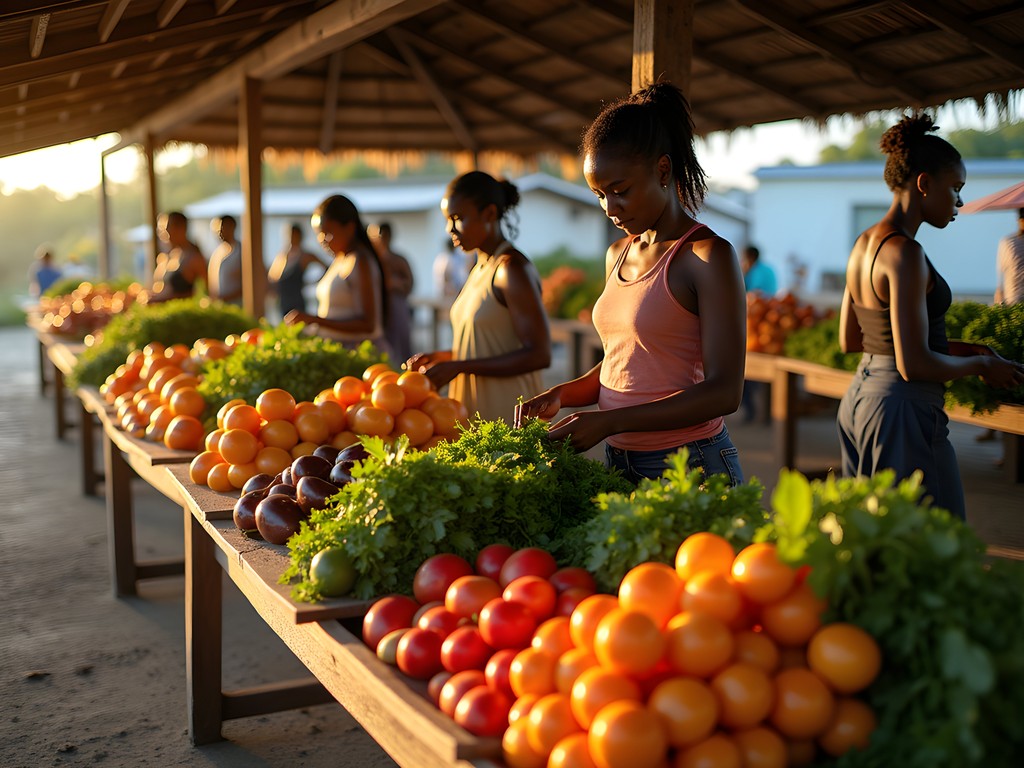
💡 Pro Tips
- Learn basic greetings in Pijin (Solomon Islands Creole) to establish respect and break initial communication barriers
- Bring small denominations of Solomon Islands Dollars as market vendors rarely have change for larger bills
- Women travelers should consider carrying a lightweight sarong to adjust clothing coverage when visiting more traditional villages
Marine Exploration: Budget Snorkeling and Island Hopping
The marine ecosystems surrounding Malaita Island rival their terrestrial counterparts in diversity, yet remain accessible to budget travelers willing to arrange transportation independently. During my recent summer visit, I developed a systematic approach to exploring these waters without the expense of commercial tours.
Langa Langa Lagoon, just south of Auki, offers exceptional snorkeling opportunities directly from shore. Local water taxis (essentially motorized canoes) can transport you to prime entry points for approximately 50-80 SBD ($6-10 USD) round trip. The artificial islands within the lagoon—remarkable human-made structures built on coral foundations over generations—combine cultural interest with biological exploration. The coral assemblages surrounding these islands host diverse reef fish communities adapted to the unique conditions created by these anthropogenic structures.
For more ambitious exploration, day trips to Small Malaita involve negotiating with boat owners at Auki harbor. Expect to pay 400-600 SBD ($50-75 USD) for a full-day boat hire that can be shared among multiple travelers. The southeastern coast of Small Malaita features fringing reefs with exceptional coral diversity and clarity rarely seen in more touristed areas of the Pacific.
Rather than renting equipment at inflated tourist prices (which are rare in Auki anyway), I travel with my own snorkel set. The minimal space it occupies in luggage pays dividends in both cost savings and hygiene assurance. Similarly, a dry bag is essential for protecting cameras and field notebooks during boat journeys and shore entries.
For the scientifically inclined traveler, I recommend bringing printed marine species identification guides specific to the Solomon Islands region. Cell service is limited, making digital references unreliable in the field. My laminated, hand-annotated fish identification sheets have facilitated both research documentation and meaningful exchanges with local fishermen, who often contribute valuable ecological knowledge regarding seasonal species movements and behavioral patterns.

💡 Pro Tips
- Apply reef-safe sunscreen 30 minutes before water entry to minimize both UV damage and reef impact
- Arrange boat transportation a day in advance, but confirm again early morning as plans can shift with weather and fishing priorities
- Pack a simple lunch from the market for day trips as food options are extremely limited once you leave Auki
Connecting Without Breaking the Bank: Communications and Digital Life
Maintaining digital connectivity in Auki presents unique challenges that require strategic planning, particularly for budget-conscious travelers. During my two-week stay last summer, I developed a practical system that balanced communication needs with financial constraints.
Mobile connectivity in Auki relies primarily on two carriers: Our Telekom and Bemobile. After testing both networks extensively throughout Malaita, I found Our Telekom offered marginally better coverage in remote areas, particularly useful during forest explorations. SIM cards cost approximately 10-15 SBD ($1.25-1.85 USD) and can be purchased at several shops around the central market area. Identity verification requirements were minimal during my visit, but carrying passport copies is advisable as regulations evolve.
Data packages represent the most economical approach to connectivity. Weekly data bundles cost around 50-60 SBD ($6-7.50 USD) for 1-1.5GB—sufficient for essential communications and occasional map downloads, though inadequate for video calls or streaming. For uploading field photographs and research notes, I relied on the more robust WiFi at Auki Motel's restaurant (available to non-guests with purchase of a meal or drinks).
Power constraints present another digital challenge. Auki experiences regular electricity outages, sometimes lasting several hours. My field research experience has taught me to travel with a solar charger that provides sufficient power for phones and camera batteries during extended outages. This proved invaluable during three consecutive days of limited electricity during my recent visit.
Perhaps counterintuitively, I recommend embracing these connectivity limitations rather than fighting them. Some of my most productive research observations and meaningful local interactions occurred precisely when digital distractions were unavailable. The forced digital detox that Auki occasionally imposes represents a form of luxury increasingly rare in our hyperconnected world—one available here at no additional cost.
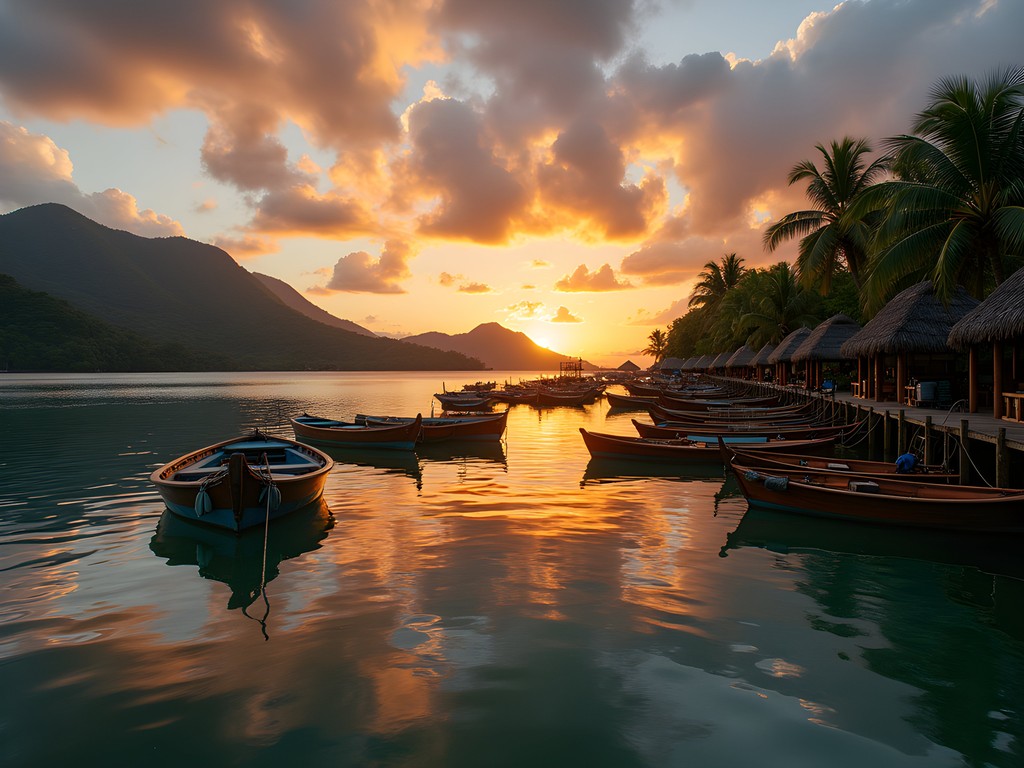
💡 Pro Tips
- Download offline maps of Malaita Island before arrival as detailed cartography is difficult to find locally
- Set up WhatsApp groups with key contacts before arrival as this application uses minimal data for text communications
- Establish an expected communication schedule with home contacts to avoid worry during inevitable connectivity gaps
Final Thoughts
As I packed my field notes and specimens for departure, I calculated my total expenditure for two weeks in Auki: approximately $650 USD, inclusive of accommodation, meals, local transport, and activities. This figure represents not just economic value but a form of travel alchemy—the transformation of modest resources into rich ecological understanding and cultural connection. The Solomon Islands, and Auki specifically, exist within a narrow window of opportunity for the budget-conscious explorer. Unlike more developed Pacific destinations, commercial tourism infrastructure remains minimal, allowing direct engagement with both natural systems and cultural contexts without the price premiums that typically accompany such experiences. For the student traveler, particularly those with interests in tropical ecology, marine biology, or cultural anthropology, few destinations offer such exceptional returns on limited investment. As climate patterns shift and development pressures increase across Melanesia, the ecosystems and cultural systems of Malaita face uncertain futures. The time to experience Auki's remarkable convergence of affordability and authenticity is unquestionably now.
✨ Key Takeaways
- Auki offers unparalleled access to pristine ecosystems at budget prices ($30-40/day all-inclusive)
- Local transportation systems and guesthouses provide authentic experiences at fraction of tourist-oriented island destinations
- Self-guided exploration is not just economical but often yields more meaningful scientific observations and cultural interactions
- Strategic planning around electricity limitations and connectivity challenges maximizes research productivity while minimizing frustration
- The current balance between accessibility and authenticity in Auki represents a fleeting opportunity for budget-conscious scientific travelers
📋 Practical Information
Best Time to Visit
May-October (dry season with optimal visibility for marine observations)
Budget Estimate
$30-40 USD per day all-inclusive for budget travelers
Recommended Duration
Minimum 10 days to properly explore terrestrial and marine ecosystems
Difficulty Level
Challenging (Limited Infrastructure, Minimal Tourist Services, Requires Self-Sufficiency)


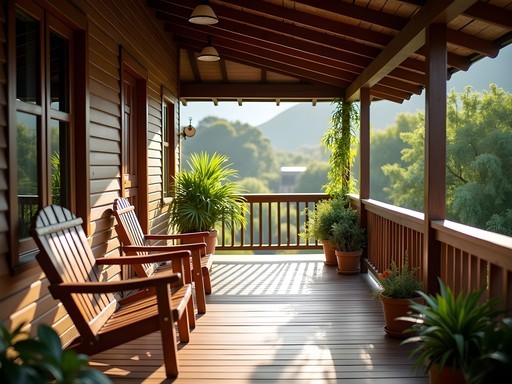



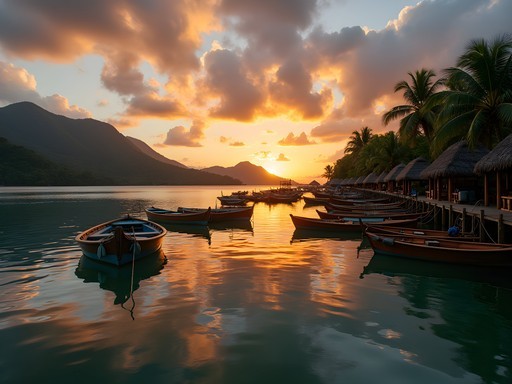


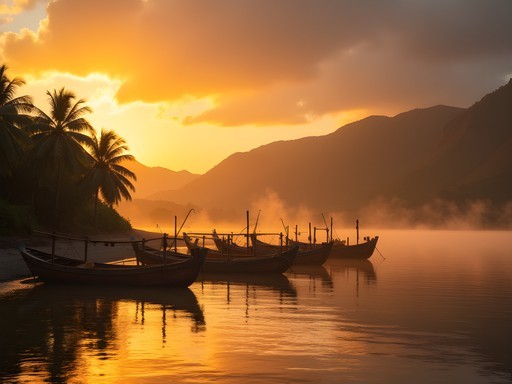
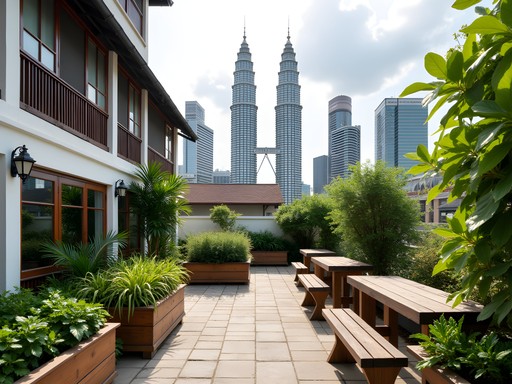

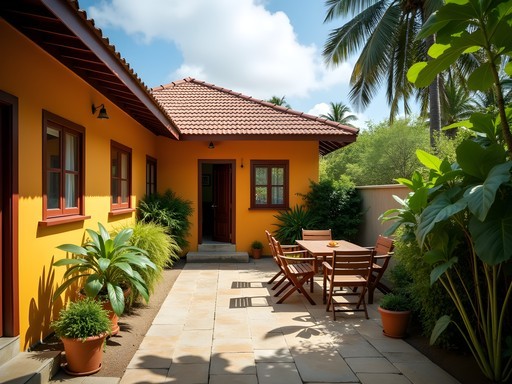


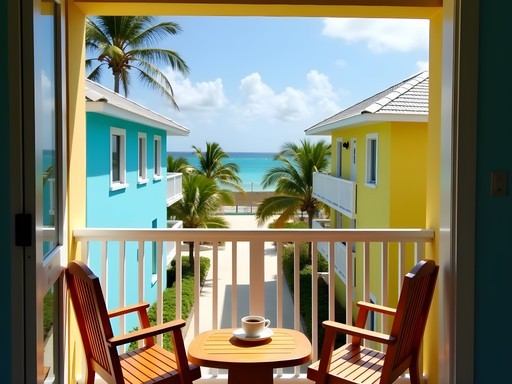

Comments
starguide
How's the internet situation there? Need to do some remote work while traveling.
travellegend
Love this! Auki is so underrated. Great budget breakdown!
Frank Garcia
Brilliant breakdown of costs, Claire! I visited Auki in 2024 and found your budget estimates spot-on. The boat journey from Honiara is indeed the way to go for budget travelers - not just cheaper but an experience in itself. I'd recommend bringing a good waterproof bag for that boat ride though, as mine got quite wet during a sudden rain shower. For anyone going, don't miss hiking to Fiu River - completely free and fewer tourists than you'd expect. The biodiversity there is incredible for anyone interested in field research like Claire or just casual nature observation.
starguide
Thanks for the Fiu River tip! How difficult is the hike? I'm not super athletic but love nature walks.
Frank Garcia
It's quite manageable! Maybe 2-3 hours round trip at a leisurely pace. Some muddy patches but nothing technical. Bring water and insect repellent though!
exploreperson
I was in Auki last year and your post brings back such great memories! That market is incredible - I spent hours there chatting with locals. One tip I'd add: if you're staying longer than a week, ask about weekly rates at guesthouses. I negotiated almost 30% off at Rarasu Guesthouse. Also found that bringing small gifts from home (I brought pencils and notebooks) was really appreciated when visiting villages. The Kwai Island day trip was my highlight!
wanderlustace
This is exactly what I've been looking for! Did you feel safe traveling solo in Auki? I'm planning a trip there next year and wondering if it's good for a first-time solo female traveler.
Claire Long
Absolutely! I felt very safe as a solo female traveler. The locals were incredibly welcoming and helpful. Just use common sense precautions like anywhere else - don't wander alone at night in unfamiliar areas and keep your valuables secure. The guesthouse owners are usually great resources for local advice too!
wanderlustace
Thanks so much Claire! That's really reassuring. Can't wait to experience it myself!
summerlife
Going there next month! Bookmarking this for my trip planning. Thanks!
Douglas Bradley
Claire's approach to budget accommodation in Auki resonates with my own experiences there. The guesthouses near the market offer incredible cultural immersion that you simply won't get at pricier options. I stayed at Selwyn's Guesthouse last spring and paid just $22/night including breakfast. The real value of Auki isn't in luxury amenities but in those spontaneous conversations with locals. I spent several evenings simply sitting with fishermen as they repaired nets, learning more about sustainable fishing practices than any formal tour could provide. One suggestion I'd add to Claire's excellent guide: bring small gifts from your home country for hosts and new friends. These exchanges create meaningful connections beyond the typical tourist experience.
freeadventurer
What kind of small gifts would you recommend bringing? Great tip!
Douglas Bradley
I brought maple candy (I'm Canadian), photos of my hometown in winter (they were fascinated by snow), and small LED flashlights which were surprisingly appreciated due to occasional power outages. Avoid anything that feels like charity - focus on cultural exchange instead.
freeadventurer
Going to the Solomons next month! How safe is the ferry from Honiara to Auki? Heard mixed things...
summerace
I took the ferry last year - it's basic but fine. Just check weather forecasts before booking. And bring a good waterproof bag for your valuables just in case!
freeadventurer
Thanks for the tip! Will definitely pack one.
summerace
I visited Auki last year but definitely didn't manage to keep it under $650 for two weeks! Claire, your budget breakdown is seriously impressive. The local market was my favorite part too - those fresh mangoes and that amazing coconut fish dish the locals make! Did you try the canoe tours to the outer islets? That was a bit pricey for me but worth every penny for the snorkeling spots they took us to.
Douglas Bradley
The market in Auki is truly special. I found that going around 3pm was the sweet spot - vendors were more willing to negotiate prices as they prepared to close up. Did you notice how different the produce varieties are compared to the main island markets?
summerace
Yes! So many varieties I'd never seen before. I took photos of everything to look up later. The purple yams were amazing!
globeninja
This is exactly the kind of off-the-beaten-path destination I'm looking for! How difficult was the language barrier? Did you find English widely spoken or did you need to learn some local phrases?
Claire Long
In Auki town, many people speak English, especially those working in guesthouses and shops. In villages, it's more limited, but Solomon Islands Pijin is widely understood. Learning a few basic Pijin phrases really helped and delighted the locals!
Venture X
Premium card with 2X miles, $300 travel credit, Priority Pass